California is taking a bold step to ensure the safety of school meals. Assembly Bill 2316, approved by the Assembly, aims to ban seven specific food additives from school lunches by July 1, 2025.
This move is part of the state’s ongoing efforts to improve food safety and protect students’ health from potentially harmful chemicals.
List of Banned Additives

The additives targeted by this bill include Blue 1, Blue 2, Green 3, Red 40, Titanium dioxide, Yellow 5, and Yellow 6. These chemicals have been linked to various health issues, prompting the state to act.
By banning these dyes, California aims to ensure healthier food options for students in public schools.
Bipartisan Support

The bill received strong bipartisan support in the Assembly, passing with a 59 to 0 vote. Twenty-one Assembly members abstained, showing broad agreement on the importance of this measure.
The bill now moves to the state Senate, where it will be debated further before potentially becoming law.
Health Risks Highlighted

Assemblyman Jesse Gabriel, the bill’s sponsor, emphasized the health risks associated with these additives. He pointed out that titanium dioxide has been linked to DNA damage and immune system harm, while the dyes are connected to neurobehavioral problems in children.
“Today’s strong bipartisan vote demonstrates that food safety and the health of our children transcend political divides,” said Gabriel. “As a lawmaker, a parent, and someone who struggled with ADD, I find it unacceptable that we allow foods containing harmful additives that have been banned in other nations to be served in our schools. California has a responsibility to protect our students from harmful chemicals that can damage their bodies and interfere with their ability to learn.”
Supporting Organizations

Major consumer and environmental groups, such as Consumer Reports and the Environmental Working Group (EWG), support the bill.
They stress that children are particularly vulnerable to chemical exposures and that removing these harmful dyes from school foods is essential to protect their health and well-being.
Opposition from Industry
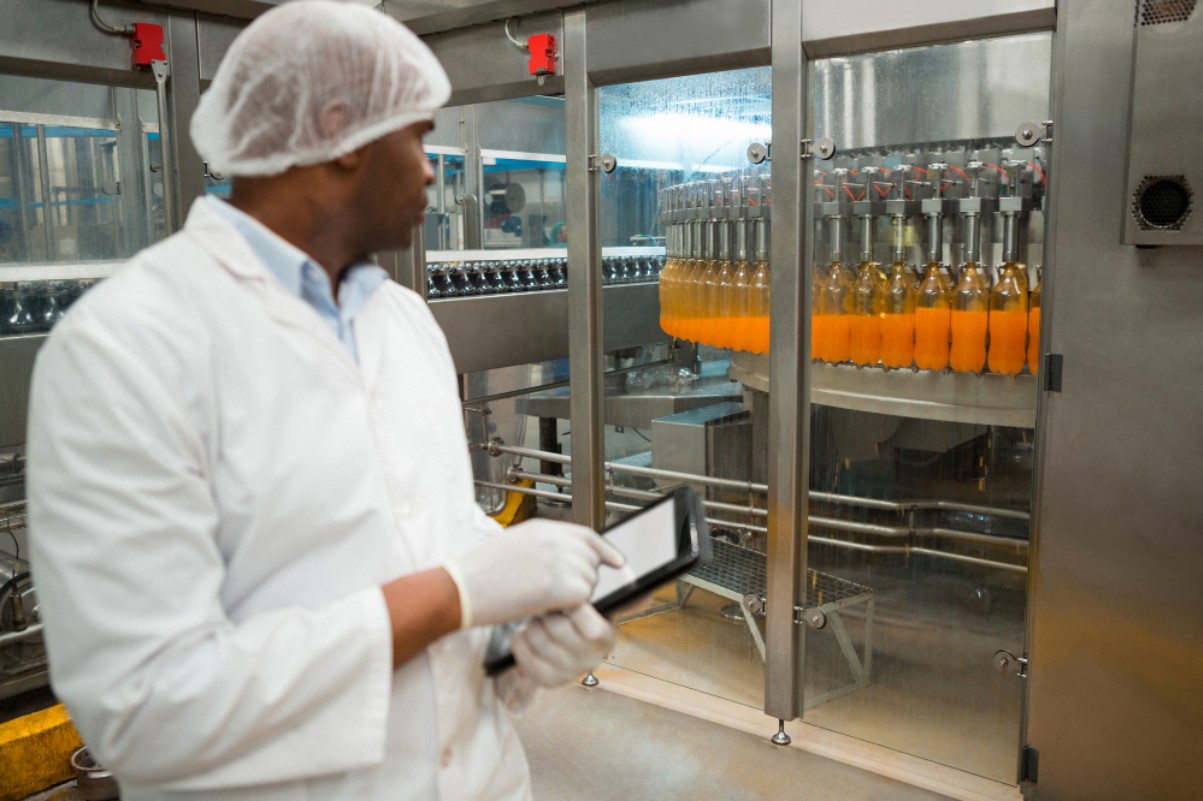
The California Brands Association opposes AB 2316, arguing it undermines the federal food safety system. They assert that the FDA, EFSA, and JECFA have all deemed these additives safe.
The association believes that the current regulatory frameworks are adequate and that additional state-level restrictions are unnecessary.
Gaps in Regulatory Oversight
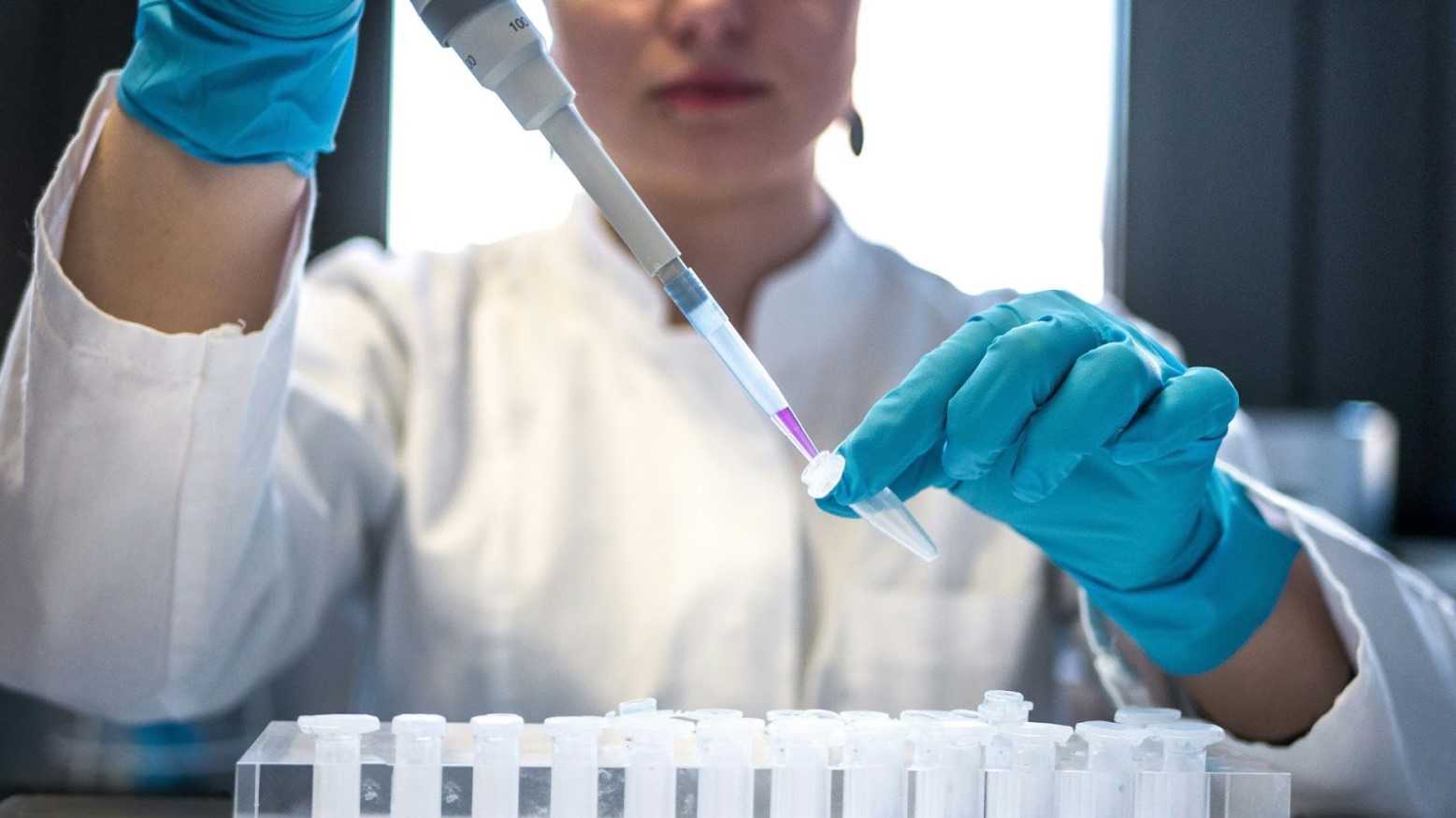
Critics of the current regulatory system argue that many additives have not been reassessed for decades.
For instance, titanium dioxide has not been evaluated since 1966, despite new scientific evidence suggesting potential risks. This highlights a significant gap in regulatory oversight that AB 2316 aims to address.
International Comparisons
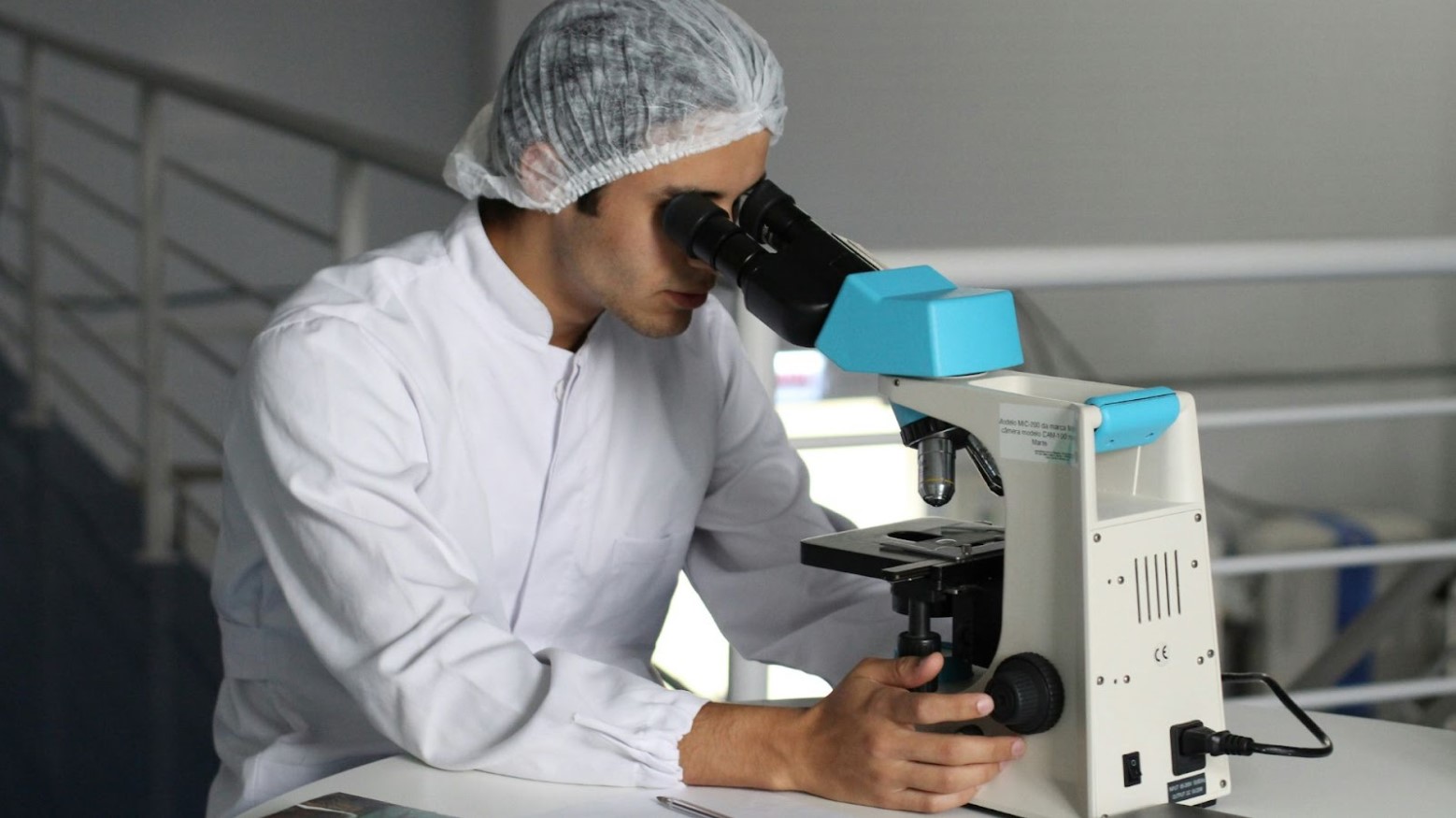
The European Union banned titanium dioxide in food in 2022 due to its links to DNA damage and immune system harm.
This decision contrasts with its continued allowance in the United States, showcasing different regulatory approaches. California’s bill reflects a more precautionary stance similar to the EU’s.
Specific Additives Under Scrutiny
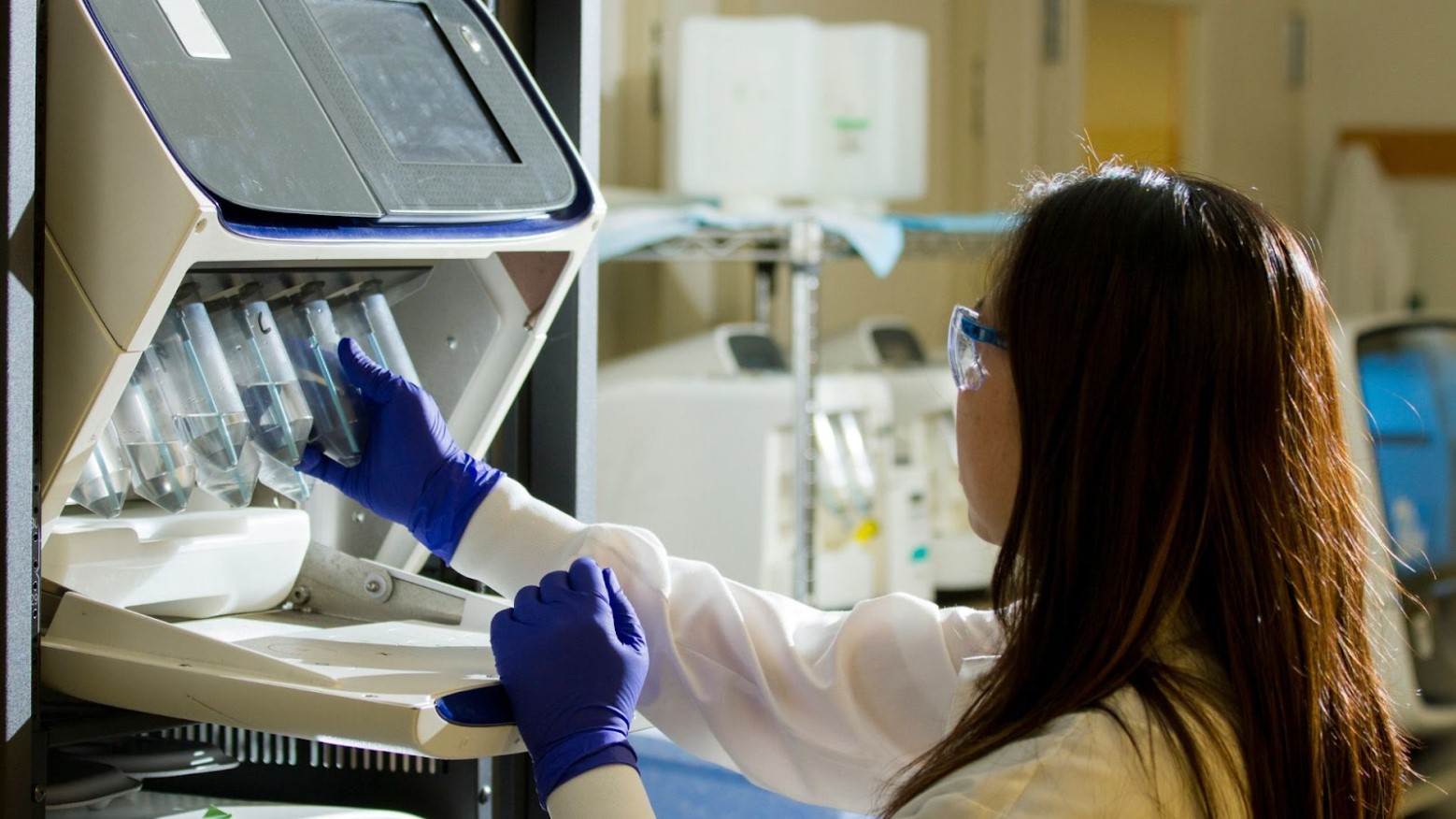
Red Dye No. 40, Yellow Dye No. 5, and Yellow Dye No. 6 have not been thoroughly reassessed for health risks in decades.
Studies suggest they may pose risks to brain development, hyperactivity, and even cancer. These concerns drive the push to remove these dyes from school foods to ensure student safety.
Protecting Children’s Health

Brian Rodholm from Consumer Reports and Susan Little from EWG argue that removing these dyes from school foods is crucial.
They emphasize that children have lower tolerance levels for chemical exposure, making them more susceptible to health issues. Ensuring safe food in schools is seen as a critical step.
FDA’s Regulatory Challenges
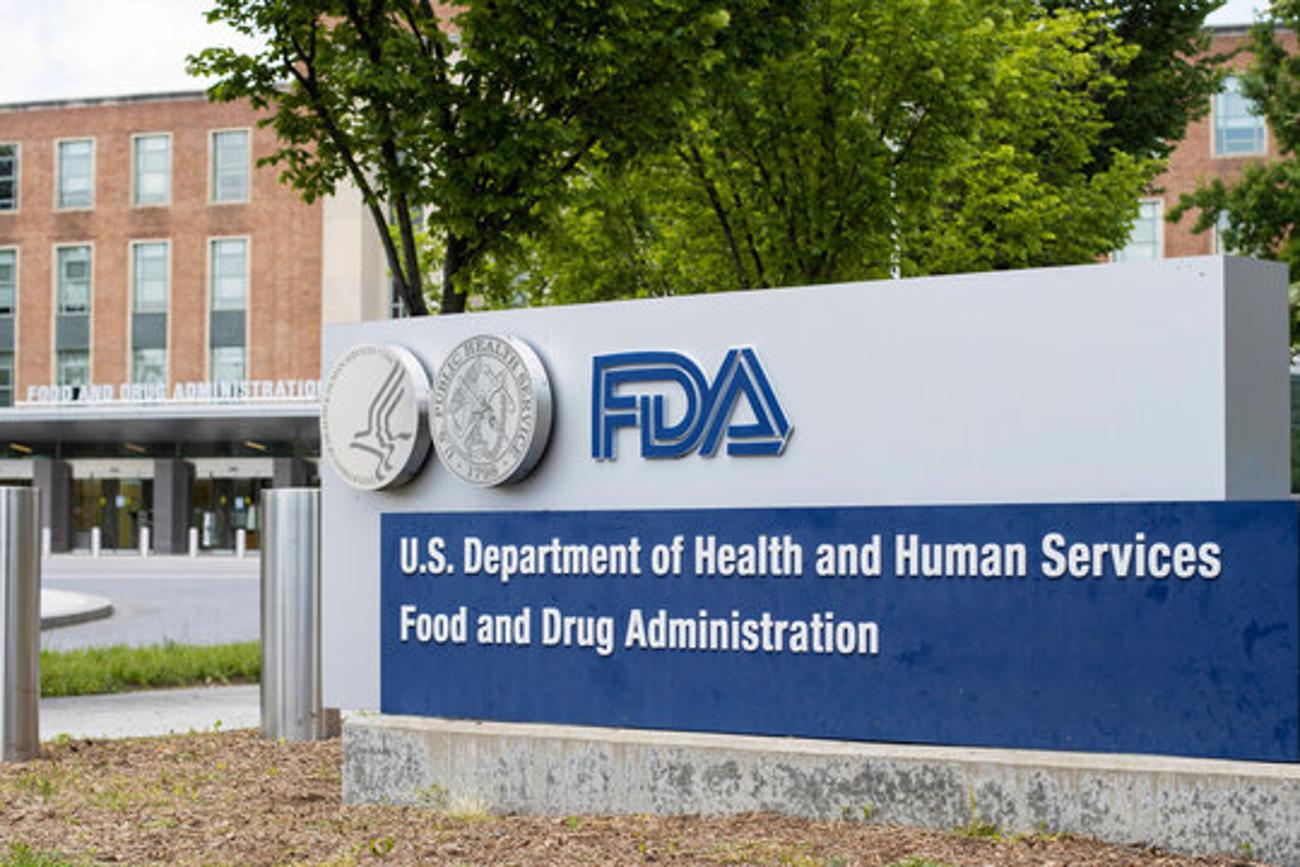
The FDA’s regulation of food additives has been criticized for being outdated. Thousands of chemicals are allowed in food sold in the U.S., and many have not been reevaluated in light of new scientific findings.
This has prompted calls for more stringent oversight and updates to regulatory practices to ensure food safety.
Next Steps for the Bill

As AB 2316 heads to the state Senate, it faces further debate and potential amendments.
If passed, it will set a precedent for other states considering similar measures to enhance food safety and protect student health.


